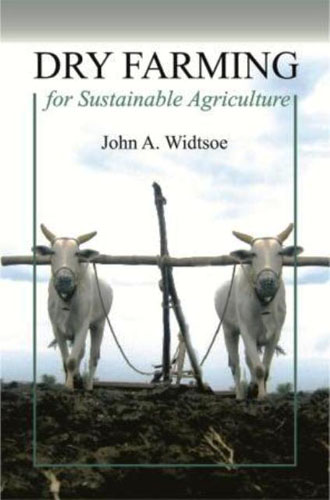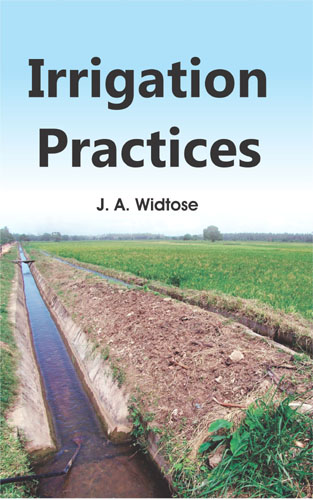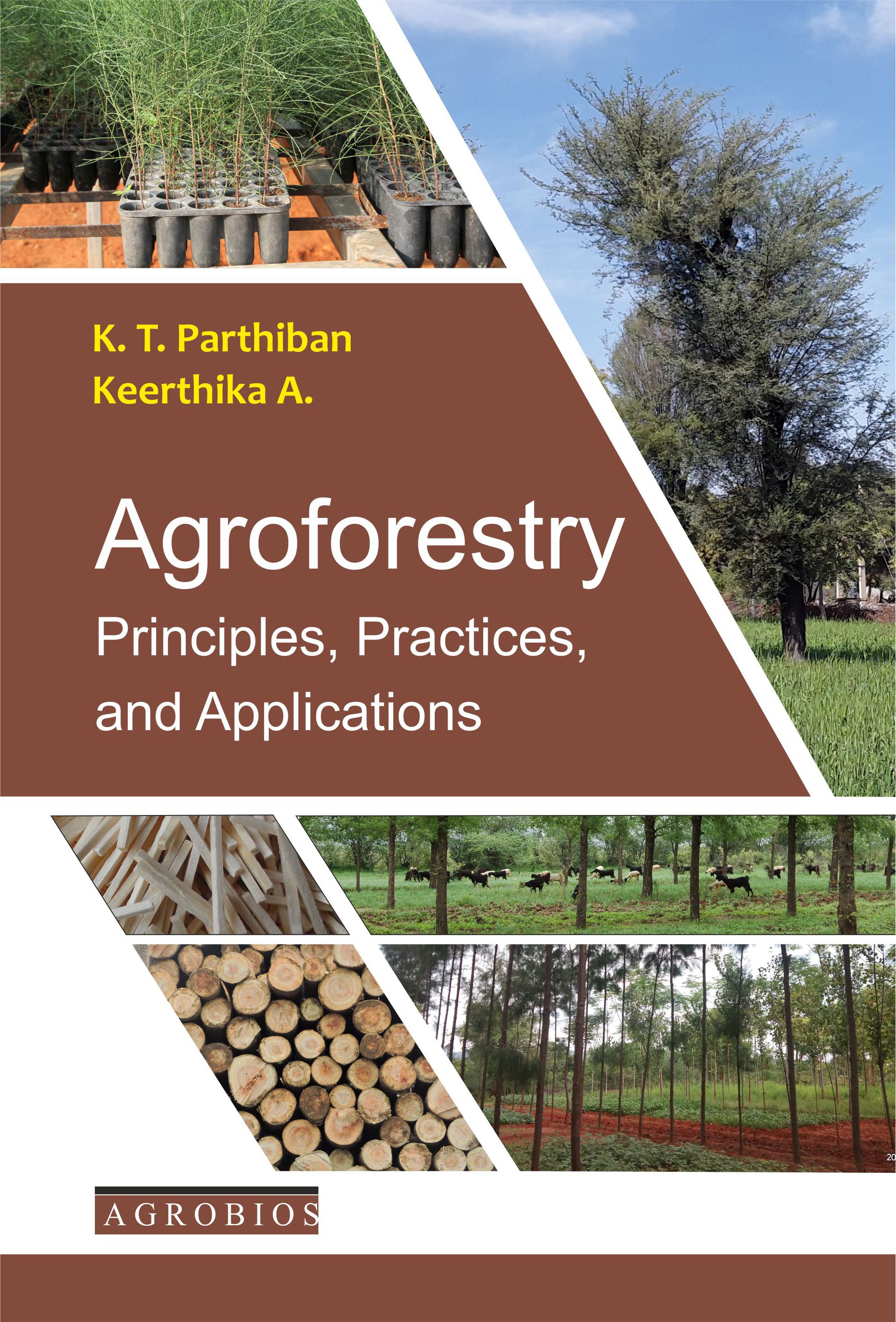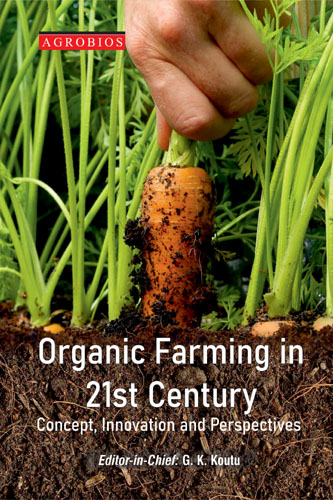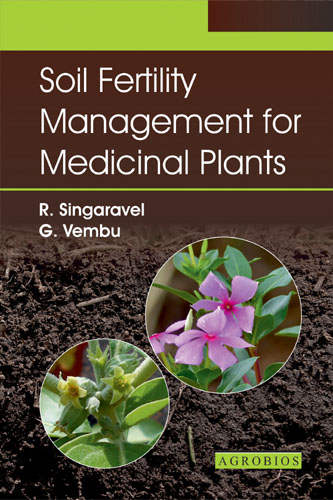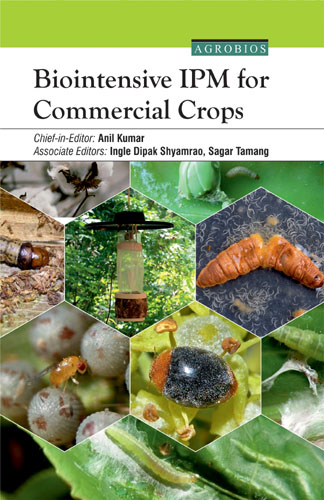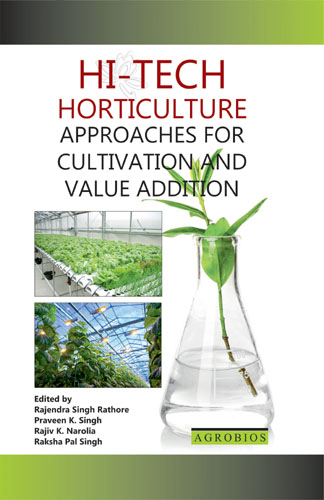Dry Farming For Sustainable Agriculture
Nearly six tenths of the earth’s land surface receive an annual rainfall of less than twenty inches, and can be reclaimed for agricultural purposes only by irrigation and dry farming.
Widtose JA
555
Table of Contents..
- Introduction-Dry Farming Defined
- The Theoretical Basis of Dry-farming
- Dry-farm Areas-Rainfall
- Dry-farm Areas-General Climatic Features
- Dry-farm Soils
- The Root-system of Plants
- Storing Water in the Soil
- Regulating The Evaporation
- Regulating the Transpiration
- Plowing and Fallowing
- Sowing and Harvesting
- Crop for Dry-farming
- The composition of Dry-farm Crops
- Maintaining the Soil-fertility
- Implements for Dry-farming
- Irrigation and Dry-farming
- The History of Dry-farming
- The Present Status of Dry-farming
- The Year of Drouth
- Dry-farming in a Nutshell
Book Details
Book Title:
Dry Farming For Sustainable Agriculture
Dry Farming For Sustainable Agriculture
Book Type:
TEXT-CUM-REFERENCES BOOK
TEXT-CUM-REFERENCES BOOK
No Of Pages:
376
376
Color Pages :
0
0
Color Pages :
0
0
Book Size:
DEMY (5.5X8.5)
DEMY (5.5X8.5)
Weight:
600 Gms
600 Gms
Copyright Holder:
All Rights Reserved
All Rights Reserved
Imprint:
M/s AGROBIOS (INDIA)
M/s AGROBIOS (INDIA)
Readership:
FIELD WORKERS | PG STUDENTS | SCIENTISTS AND RESEARCHERS |
FIELD WORKERS | PG STUDENTS | SCIENTISTS AND RESEARCHERS |
Associated Subjects:
Agronomy , Crop Physiology , Horticulture , Irrigation , Soil Science , Water Management ,
Agronomy , Crop Physiology , Horticulture , Irrigation , Soil Science , Water Management ,



